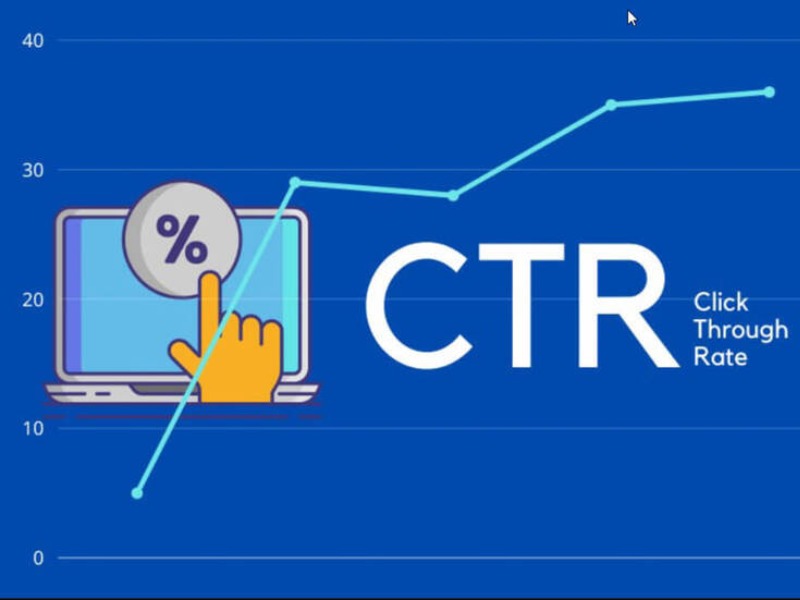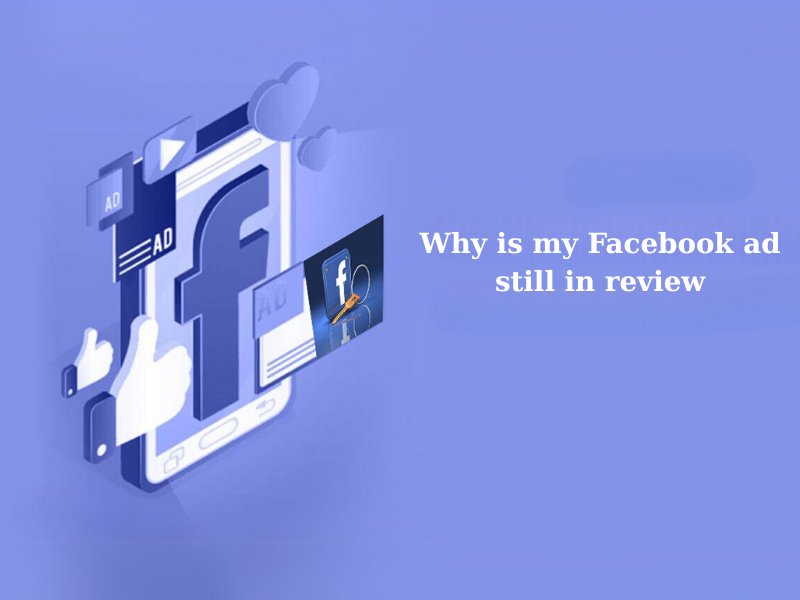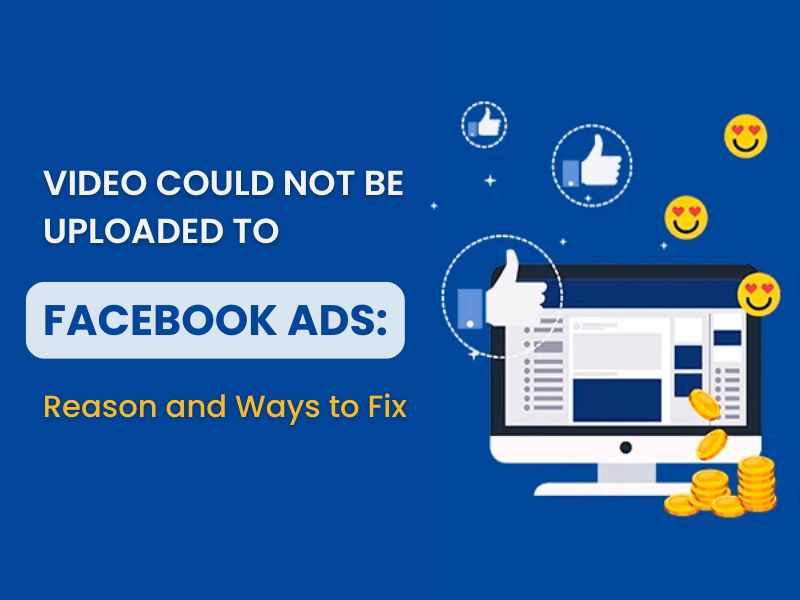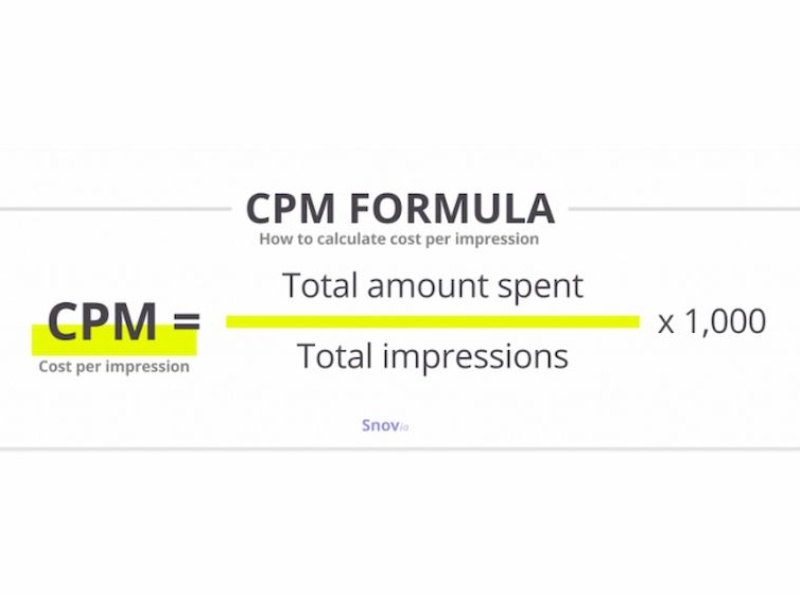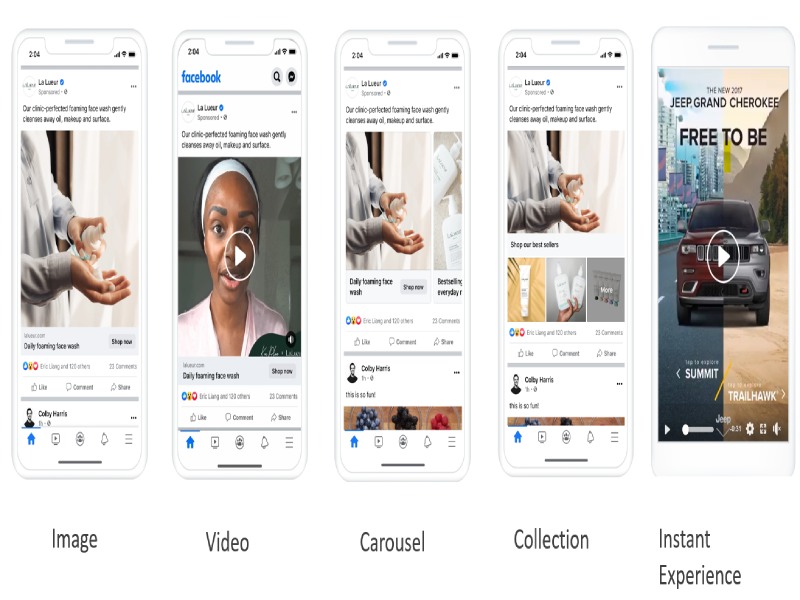Facebook ads for churches offer a powerful way to engage with your community, attract new members, and promote events. In this article, Nemi Ads will explore how churches can effectively use Facebook to connect with their audience, showcase their events, and promote their missions. Plus, we’ll provide inspiring church Facebook ad examples to spark your creativity in 2025.
1. Overview of Facebook Advertising for Churches
Before learning about the overview of church facebook ads, NEMI Ads wants to clarify these two following questions: “Can I run religious ads on facebook?” and “Can churches advertise on facebook”.
The answers are Yes. Running religious ads on Facebook is permitted, but there are specific guidelines and policies that advertisers must adhere to.
Facebook offers a vast opportunity for churches to connect with their community, expand their reach, and promote engagement. With over 2.8 billion active users worldwide, according to a 2023 report from Statista, Facebook Ads for Churches have become an essential tool in modern ministry outreach. Churches can not only promote weekly services but also raise awareness for special events and fundraising campaigns, making Facebook a powerful platform for religious organizations.
According to Facebook’s advertising policies, religious ads should comply with community standards, which prohibit attacks on individuals based on protected characteristics like religion. Advertisers are also prohibited from discriminating against individuals based on their religious beliefs. Given these rules, churches must carefully craft their messages to avoid violating Facebook’s guidelines while still reaching their target audience.
The importance of Facebook ads for churches lies in their ability to foster community engagement. With 69% of American adults using Facebook, and 74% of them logging in daily (based on the Pew Research, 2021), churches have an ideal platform to interact with their existing congregation and attract new members. Facebook’s extensive user base makes it a vital part of any church’s community outreach strategy.
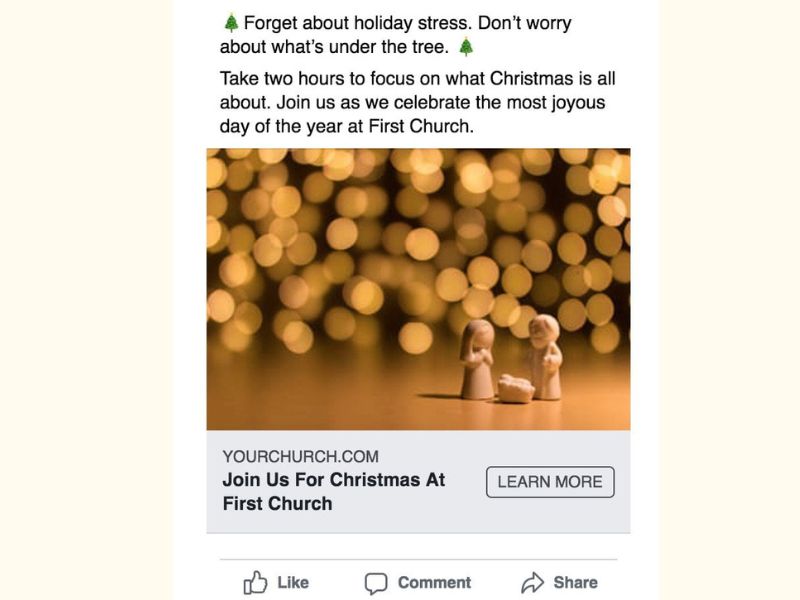
2. Why Should You Use Facebook Ads for Churches?
Increasing Community Engagement
Churches can use Facebook ads to increase participation in services and special events. For instance, promoting weekly services or important events like Easter or Christmas through Facebook Ads significantly boosts attendance.
According to a survey by LifeWay Research, 74% of churches noticed an increase in event participation after utilizing social media ads. Targeted ads can also drive community involvement by making church activities more visible and accessible to a broader audience.
Attracting New Members
Facebook’s advanced targeting options allow churches to reach specific groups, such as families, young adults, or seniors, based on their interests, behavior, and geographic location. This precision targeting ensures that churches connect with the right audience, bringing new visitors into the congregation.
Boosting Online Presence
Regular ads help keep church activities in front of the community, raising awareness and encouraging interaction. According to Christian Standard’s 2023 study, promoting daily Bible readings or inspirational quotes led to a 35% increase in followers and a 25% rise in engagement over six months. Maintaining an active online presence helps churches remain relevant in the digital age, engaging both current members and prospective attendees.
Supporting Event Activities and Donations
Facebook ads are also a powerful tool for supporting fundraising efforts and event promotions. Churches can use targeted ads to promote specific events, such as community gatherings or charity drives, resulting in higher attendance.
For example, Biddy Church saw attendance at their annual summer festival double after running a dedicated Facebook ad campaign. Additionally, churches can promote online giving, helping boost donation efforts during special campaigns or regular tithing initiatives.
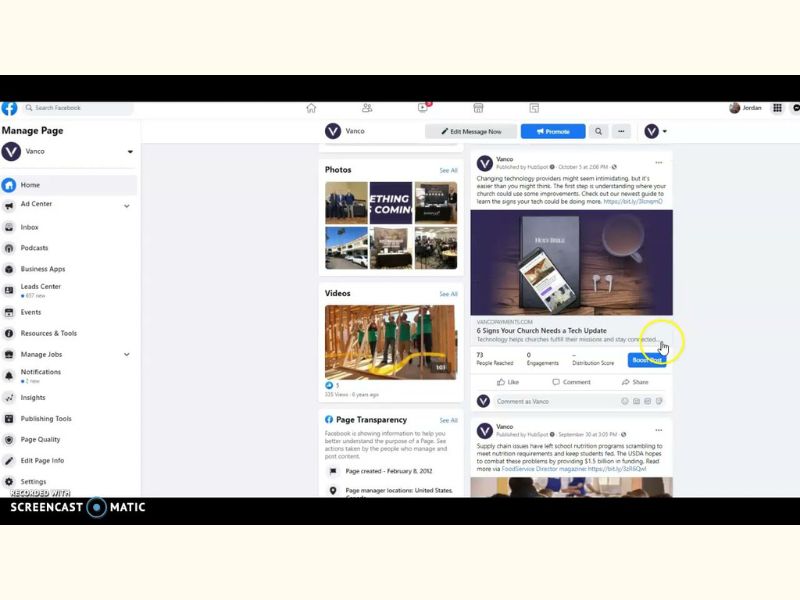
3. Create Successful Facebook Ads for Churches Campaigns
| Step | Description |
| 1. Set up a goal | Identify specific goals such as increasing attendance or awareness |
| 2. Identify target audience | Use demographic, interest, behavioral targeting options |
| 3. Use Facebook Ads Manager | Step-by-step guide to creating a campaign and choosing goals and audiences |
| 4. Image and content development | Create engaging content and images to increase engagement |
| 5. A/B Testing | Test variations of headlines, CTAs to optimize results |
| 6. Target and budget management | Choose the right targeting strategy and budget allocation |
| 7. Launch and monitor campaigns | Track performance and adjust campaigns in real time |
Step 1: Planning Your Campaign
Clear goals are key to a successful campaign. For example, a church might aim to increase Easter attendance by 15% through targeted Facebook ads.
Step 2: Setting Up the Campaign
Define your audience using factors like age, interests, and geographic location. For example, target parents in your local area for a family-friendly church event.
Step 3: Using Facebook Ads Manager
Facebook Ads Manager provides a step-by-step campaign creation tool, from selecting a goal to setting a budget. For example, you might create a youth group promotion campaign that targets teens and their parents within a 10-mile radius.
Step 4: Ad Creative Development
The image and copy of your ad play a big role in attracting attention. For example, an ad with a vibrant image from a community event and an inviting call-to-action can increase local engagement by 40%.
Step 5: A/B Testing
Use A/B testing to optimize your ad. For example, testing two different CTAs like “Learn More” and “Join Us” can help determine which CTA drives a higher conversion rate.
Step 6: Targeting and Budgeting
Choosing the right targeting and budgeting strategy can help optimize your costs. For example, allocating 60% of your budget to event promotion and 40% to ongoing outreach.
Step 7: Launching and Monitoring
After launching, monitoring and adjusting is essential to get the best results. For example, monitoring a campaign and adjusting the budget based on early data can improve overall ad performance by 20%.
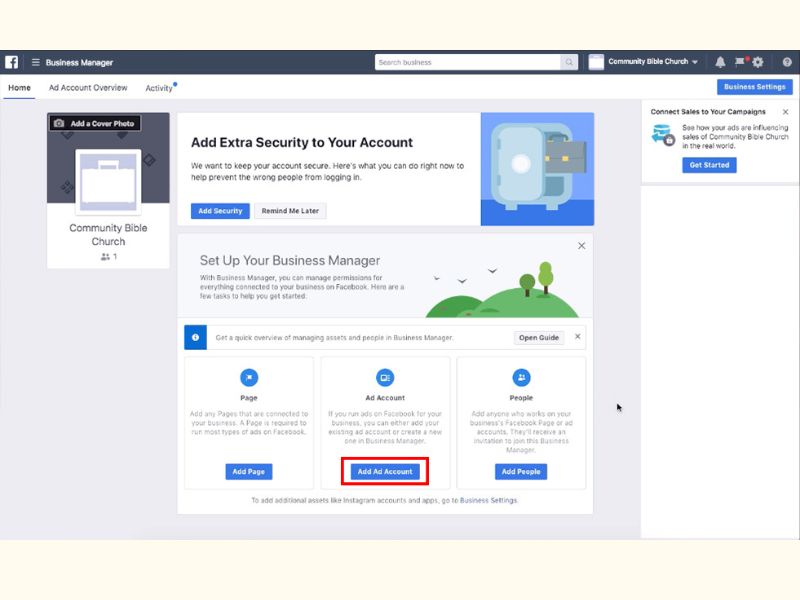
4. 5 Key Factors for Success of Ads for Churches
Target Audience
One of the keys to an effective church advertising campaign is accurate targeting. In your Facebook Ads Manager account, you can dig deep into the exact audience that should see your ads.
You can use three tools in Facebook Ads Manager:
- Core Audience: Based on demographics like location, age, interests, religion. For example, target people who live near your church, ages 25-60, and are interested in religious and community activities.
- Custom Audience: Target people who have interacted with your church through your website, events, or social media. For example, use an email list of people who have attended previous events to create an ad audience.
- Lookalike Audience: Facebook will find people who are similar to people who have interacted with your church. For example: Find people with similar interests or demographics to those who have attended church events.
So, targeting the right audience increases your ad’s visibility and engagement.
Engaging Content
Focus on Solving Customer Problems
Facebook church ads should focus on solving problems rather than simply inviting people to attend events. Instead of asking people to come to church, tell them why they need to come. For example, change the message from “Attend Sunday Service” to “Feeling Lost in Faith? Free Guidance Every Sunday.” By putting the user’s needs first, the ad will attract attention and make it feel like the church understands them.
Clear Messages to Your Audience
Keeping your Facebook ad messages clear and concise is important. Don’t include too little or too much information. Instead of writing a lengthy blog post, focus on a few short sentences that are targeted and solve a user’s problem. Clear messages help attract the right audience and increase the effectiveness of your church ads.
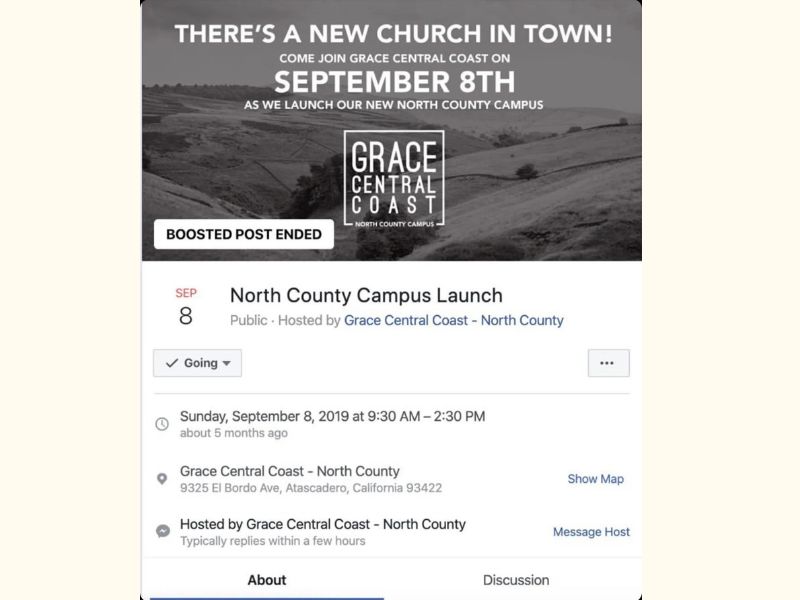
Concise CTAs
Keep your church’s Facebook ad message concise to help attract more attention. Focus on three key elements: attention-grabbing statements, short descriptions, and calls to action (CTA). Make sure your message is clear and concise to avoid users skipping, and use CTAs like “learn more” to drive action.
Eye-catching images
High-quality images and videos increase ad engagement. Facebook reports that ads with images or videos receive 2.3 times more engagement than those without (based on the Facebook for Business, 2023).
Genuine emotions
Create messages that align with your church’s mission and create genuine emotions with your audience.
For example, a video ad about a church member’s journey resulted in a 50% increase in shares and a 40% increase in clicks.
Call-to-Action (CTA)
- Effective CTAs:
- Use clear and compelling CTAs like “Join us this Sunday,” “Sign up for our newsletter,” or “Donate now.”
- For example, an ad with the CTA “Join our Easter Celebration” had a 15% higher conversion rate than ads without a direct CTA.
- Placement and prominence:
- Place the CTA prominently in the ad to encourage immediate action.
Integrating Facebook Ads with Other Communication Strategies
- Synchronize with email marketing: Facebook Ads can be combined with email campaigns to drive engagement.
- For example, send an email reminder to people who clicked on your ad to register for an event.
- Create a synchronized event: Facebook Ads can help promote community events and live events.
- For example, create a live event on Facebook and use ads to attract attendees.
Maintaining the Church’s Brand Guidelines
Maintaining brand consistency is key to building recognition and trust with your target audience. When brand elements like your logo, color palette, and tone of voice are used consistently across platforms, they create a sense of trust and help your brand stand out in a crowded marketplace. This applies not only to Facebook ads, but also to the overall design and content on your church’s other media channels.
Budget Management
Set a reasonable budget: Start with a modest budget and increase based on performance. Facebook recommends starting with $5 per day for small, local campaigns.
For example, a church that spent $200 over a month on Facebook ads targeting local families saw a 25% increase in event attendance, illustrating the potential for high ROI (Source: Local Church Case Study, 2023).
Budget Allocation: Distribute budget across different ad types (e.g., event promotion, ongoing outreach) based on goals and past performance.
Performance Tracking
Key Metrics: Track metrics like click-through rate (CTR), conversion rate, cost-per-click (CPC), and engagement rate. For example, a campaign with a 3.5% CTR and a 10% conversion rate shows strong ad performance (Source: Facebook Ads Benchmark Report, 2023).
Data-Driven Adjustments: Use data from Facebook Ads Manager to refine and optimize ongoing campaigns. For example, adjusting targeting mid-campaign based on CTR can improve overall performance by up to 20% (Source: Social Media Examiner, 2022).
Thus, using Facebook ads effectively is crucial for growing your church community, as it enables you to reach the right audience, foster deeper engagement, and expand your outreach in ways that resonate with both current members and potential newcomers.
Encourage churches to try these strategies to get the most out of their advertising campaigns.

5. 8 Format For Church Facebook Ads Examples or Successful Facebook Ads for Churches
Image Ads
Why Use Image Ads
- Simple and direct, with a simple message.
- Effective: Image ads can increase brand awareness by 40% (Facebook for Business, 2022).
- Real-life example: Elevation Church used image ads to welcome new members during an online service. This ad generated over 50,000 views in just one week, resulting in a 30% increase in online worship attendance (according to the Elevation Church, 2021).
When to use Image Ads: A church that wants to quickly announce a major service like Christmas, Easter, or an annual community event. The goal is to increase awareness of the event or invite local people to participate.

Video Ads
The power of video:
Video content can effectively capture attention and convey a more complex message.
- Effectiveness: Video ads generate 49% higher engagement than other formats based on the report of Wordstream, 2022.
- Real-life example: Life.Church ran a 45-second video ad that showcased the church’s charitable efforts and community support programs during the pandemic. This video reached 1 million views and increased donations by 60% in 3 months (Source: Life.Church, 2021).
When to use Video Ads: When a church is hosting a major event like a charity drive or outreach campaign, an introductory video helps convey specific activities and invite donations. Videos are also great when a church wants to share a touching story about the importance of community in religious life.
Carousel Ads
Multiple stories in one ad: Carousel ads allow churches to showcase different aspects of their activities in one ad.
For example, Saddleback Church uses Carousel ads to showcase programs like education, youth groups, and volunteer activities. This campaign increased engagement by 40% and attracted 500 additional volunteers to participate in community activities (Source: Saddleback Church, 2022).
When to use Carousel Ads: The church wants to showcase the different activities they offer, such as youth groups, Bible studies, and volunteer services. This is a great way to showcase multiple aspects of the church in a single ad.
Event Promotion Ads
Maximize event attendance: Event ads are designed to promote upcoming church events, making it easy for people to register to attend.
When to use Event Promotion Ads: The church is preparing for a major upcoming event such as a religious conference, conference, or Easter. Event ads help maximize registration and attendance.
Real-life example: Hillsong Church promoted their Christmas celebration with Facebook event ads, driving over 10,000 registrations for their live and online events (Source: Hillsong Church, 2021).
Lead Generation Ads
These ads encourage users to leave their contact information without leaving Facebook.
Effectiveness: Lead generation ads help capture information about potential members and people interested in church activities.
For example, NewSpring Church used lead generation ads to capture information about people interested in Bible study classes. Within 2 weeks, they gained 300 new contacts and increased weekly event attendance by 20% (Source: NewSpring Church, 2022).
When to use Lead Generation Ads: Churches looking to expand their contact lists to provide information about events, classes, and community activities. These ads help capture information from interested people without leaving Facebook.
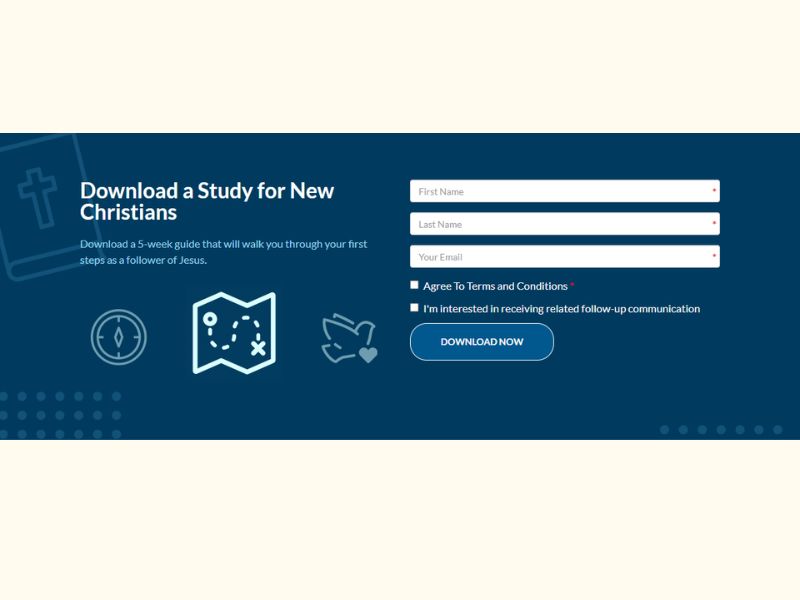
Story Ads
- Ads that fit the trend: Story Ads appear in Facebook and Instagram news feeds, taking advantage of a short, swipeable format.
- Effective: Story Ads have a 20% higher engagement rate than News Feed Ads (Source: Social Media Today, 2022).
- For example, Transformation Church used Story Ads to promote special events during Easter week, increasing sign ups by 35% within 24 hours (Source: Transformation Church, 2022).
When to use Story Ads: When a church wants to update viewers about an upcoming event or a highlight in a short period of time, Story Ads are a quick and easy way to convey a message that grabs attention quickly.
Messenger Ads
- Personal engagement: These ads take users into a direct conversation with the church through Messenger, helping to build a closer relationship.
- Effectiveness: Messenger Ads have a 50% higher response rate than traditional advertising (Source: HubSpot, 2023).
- For example, The Potter’s House Church used Messenger Ads to answer questions about charity events, generating over 200 personal conversations and attracting 150 more people to its volunteer program (Source: The Potter’s House, 2021).
When to use Messenger Ads: When churches want to provide direct information or answer questions from interested people about their activities, Messenger Ads help open a personal conversation. They are also useful for building a friendly relationship with the community.
Dynamic Ads
- Automatically personalize content: Dynamic Ads automatically display content dynamic ads based on user behavior, like viewing an event page or interacting with a specific post. Dynamic ads can improve conversion rates by up to 25% compared to static ads.
- For example, Elevation Church used dynamic ads to showcase different community events based on user interest, increasing attendance at their events by 25%.
When to use Dynamic Ads: When churches want to show relevant content to individual users based on their behavior, like whether they viewed an event page or interacted with a specific post. Dynamic ads help personalize content, making users feel like the church is offering something they’re actually interested in.
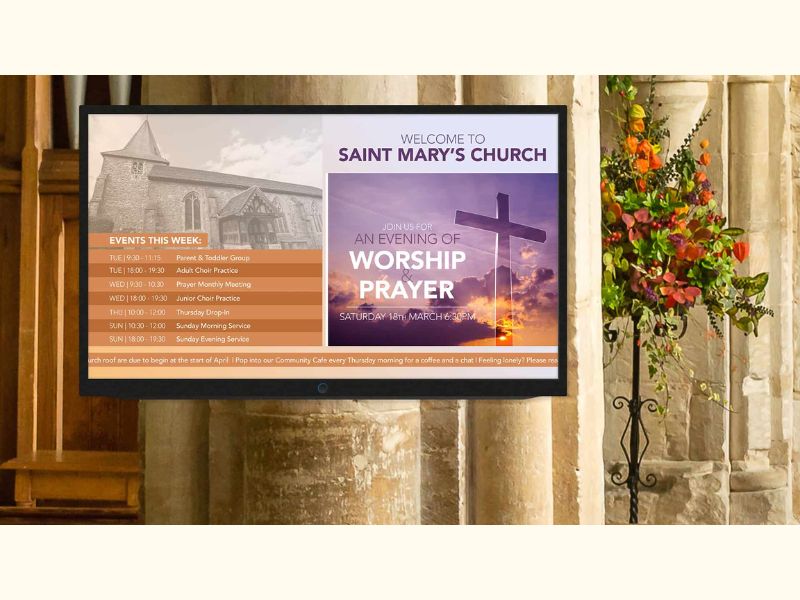
Facebook advertising is not only a powerful marketing tool, but also a way for churches to connect more deeply with their communities, increase engagement, and promote meaningful activities. To get the most out of Facebook advertising, churches should invest in optimized, targeted, and attention-grabbing ad campaigns.
Start or enhance your Facebook advertising strategy with support from Nemi Ads. Contact us for in-depth consultation and campaign optimization solutions to help you make a positive and sustainable impact in your community.



